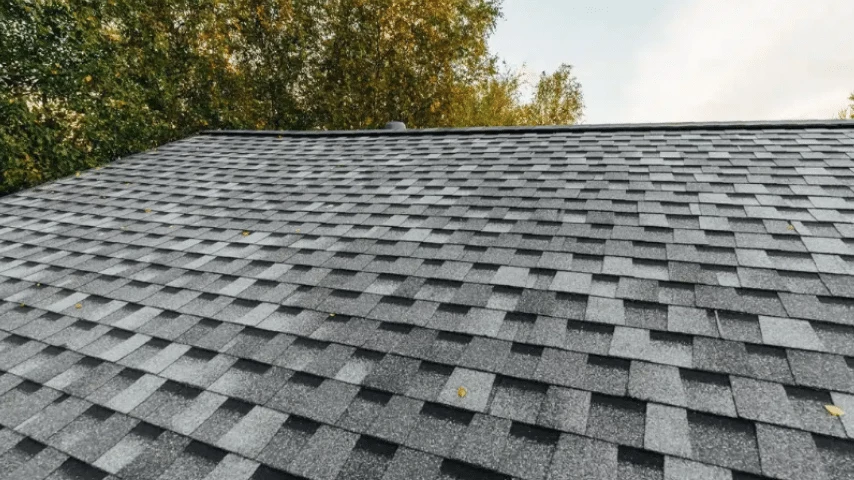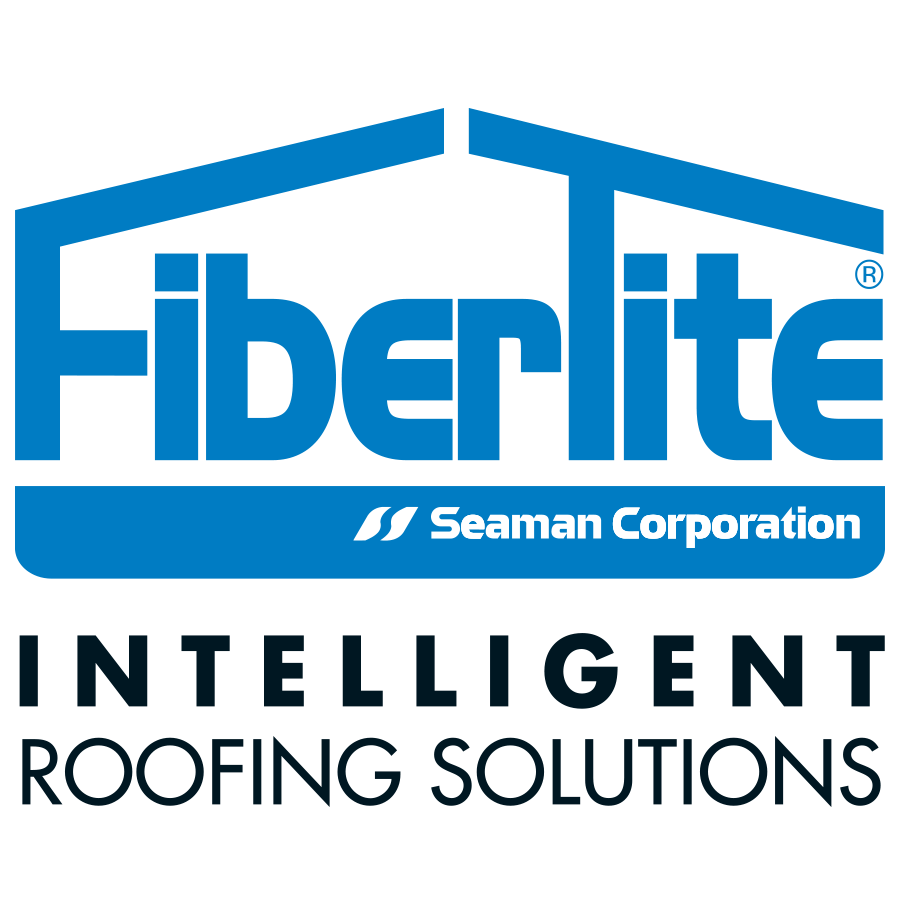
Your roof has come a long way from the brittle three-tabs your parents patched every spring. Today’s asphalt shingles work harder, last longer, and look better—built to handle wild weather while boosting curb appeal. Fiberglass mats replaced old organic cores, self-sealing lines lock out wind and rain, and reflective granules help keep attics cooler. You can even choose impact-rated options that shrug off hail.
Color blends and dimensional cuts now mimic wood and slate—without the upkeep. If you’re planning a replacement, the “asphalt shingle” you remember isn’t stuck in the past.
What Major Technological Advancements Have Changed Asphalt Shingles?
Let’s start with the breakthroughs that turned shingles into a modern, high-performance system.
1) Fiberglass mats and precision layering
- Early organic mats gave way to stronger, lighter fiberglass.
- Computer-controlled lines deliver consistent thickness, better adhesion, and fewer weak points.
2) Advanced asphalt blends
- Manufacturers tune chemistry for cold flexibility, heat stability, and long-term aging.
- Shingles resist cracks in winter and slumping in summer.
3) Granule engineering
- UV-shielding, colorfast granules protect the surface.
- Algae-resistant (often copper-infused) options keep roofs cleaner, longer.
4) Architectural/laminated profiles
- Multi-layer designs add depth that mimics wood or slate.
- Extra layers also boost durability and wind resistance.
5) Self-sealing strips and enhanced adhesives
- Warmer sun-activated seals bond courses tight.
- Wider nail zones and better guidance improve uplift resistance.
6) Cool-tech and reflectivity
- “Cool roof” pigments reflect more solar energy—even in darker colors.
- Attics run cooler; AC works less.
7) Smarter systems, not just single products
- Matched underlayments, starters, hip/ridge pieces, vents, and flashings are engineered to work together.
- System installs often unlock stronger warranties.
How Has the Durability and Weather Resistance of Shingles Improved?
Modern shingles are built for stronger storms and higher expectations.
Wind ratings that mean business
Heavier laminates, precise nailing, and aggressive seals help roofs hold in high gusts.
Impact resistance options
Class 4 shingles better resist hail and debris. They won’t make a roof invincible, but they reduce damage and may lower premiums in some areas.
Water shedding and ice defense
Advanced underlayments and ice-and-water membranes protect eaves, valleys, and penetrations. Flashing details create a layered path for water to exit.
UV and algae resistance
Engineered granules fight sun degradation and streaks. Cleaner roofs age more slowly.
Thermal flexibility and aging
Tuned asphalt and fiberglass mats absorb temperature swings with fewer micro-cracks.
Cool-rated shingles cut attic heat and reduce stress on materials.
Bottom line: today’s shingles handle heat waves, sudden storms, and daily wear with more grit and less drama.
When Did Asphalt Shingles Become a Popular Roofing Material?
Asphalt shingles took off in the early 20th century as a lighter, affordable alternative to wood, slate, and tile. By mid-century, suburban growth and standardized building practices made them the default on new homes. As laminates, better fire ratings, and richer colors arrived, shingles evolved from a budget pick to a design canvas—still the go-to for value, style, and reliable performance.
What Materials Were Originally Used in Asphalt Shingles Versus Today?
Then (early–mid 20th century):
- Base (mat): Organic/cellulose felt.
- Asphalt: Basic blends that aged faster.
- Granules: Mineral for color/UV, minimal algae or reflectivity tech.
- Profile: Mostly 3-tab—uniform but less robust.
Now (late 20th century to present):
- Base (mat): Predominantly fiberglass—lighter, stronger, more fire-resistant.
- Asphalt: Formulated for climate stability and long life.
- Granules: UV-engineered, algae-resistant; cool pigments available.
- Profile: Architectural/laminated for depth and wind strength.
- Systems: Coordinated underlayments, starters, ridge vents, and flashings—often under one warranty.
Yesterday’s shingles were a basic coat; today’s are a tailored, weather-tested wardrobe.
The Real-World Difference You Can See (and Feel)
- Quieter interiors during wind and heavy rain.
- Cooler attics with reflective options—less AC runtime, more comfort.
- Cleaner roofs thanks to algae resistance.
- Stronger curb appeal with deeper shadows and refined color blends.
- Better ROI through longer life and fewer repair headaches.
What to Consider When Choosing Modern Shingles (From a Roofer Who’s Seen Some Things)
Climate matters
In storm zones, prioritize wind ratings, proper nailing, and high-wind accessories. In hot regions, ask for cool-rated colors; in hail areas, consider impact-resistant lines.
System over parts
Don’t mix-and-match blindly. A matched system boosts performance and warranty coverage.
Color and texture
Architectural blends elevate curb appeal. Darker tones can still run cooler with modern pigments.
Warranty nuance
Coverage varies by components, registration, and install method. Have us review the fine print before you decide.
Ventilation is non-negotiable
Balanced intake and exhaust protect shingles, reduce heat and moisture, and help prevent ice dams.
A Quick Myth Busting Intermission
- “All shingles are the same.” Not even close. The gap between entry 3-tabs and premium laminates is huge—in materials, performance, and look.
- “Darker shingles always make houses hotter.” Cool pigments change the math; you can choose depth without the heat penalty of older roofs.
- “Impact-resistant shingles won’t show damage.” They’re tougher, not indestructible—but they help roofs weather storms better.
Why Asphalt Still Wins the Popularity Contest
Metal and tile are beautiful and have their place. Asphalt shingles, though, hit the sweet spot of cost, versatility, and performance. They deliver dependable protection with real design choice—and every decade makes them smarter. If you want classic style with modern muscle (without refinancing your home), asphalt remains a very tough act to beat.
Plan a Roof You’ll Feel Good About—Today and 10 Years From Now
We focus on what matters to you: comfort, durability, and a look you love—without surprises.
- Personalized shortlist of shingle options that fit your goals
- Honest guidance on protection upgrades and their real-world value
- Visual previews: color and profile comparisons for your home
- A clear, step-by-step plan for top performance and coverage
Ready for a helpful, no-pressure consult? Contact Eason Roofing to book your roof assessment.





